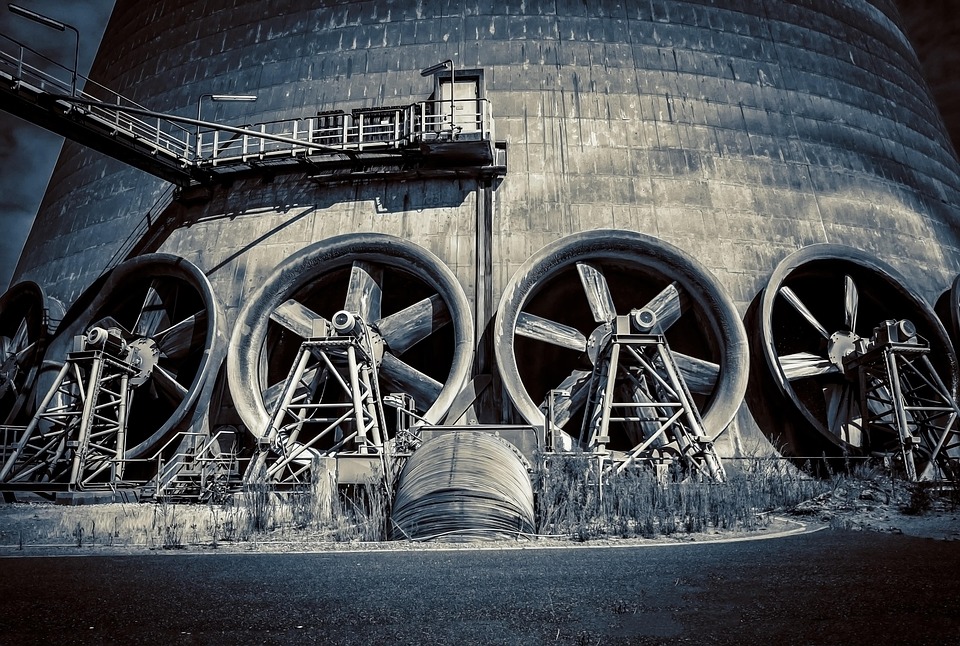Essential Resume Template for Heating and Ventilation Engineers: Stand Out in Your Job Search
Crafting a compelling resume is no small feat, particularly in the competitive field of heating and ventilation engineering. Your CV isn’t merely a collection of qualifications and experiences; it’s an opportunity to showcase your unique abilities and professional narrative. To help you navigate this intricate process, here’s an essential template that will allow you to shine in your job search.
1. Contact Information: A Clear Introduction
Your resume should start with your contact details—this might seem basic, but clarity is key. Include your full name, phone number, and a professional email address. If appropriate, consider adding your LinkedIn profile or a link to your portfolio. This sets the tone for prospective employers, ensuring they can easily reach you.
2. Professional Summary: Your Elevator Pitch
This section is your chance to make a striking first impression. Aim for a succinct paragraph—about three to five sentences—that encapsulates your expertise in heating and ventilation. Highlight your years of experience, specialisations, and key accomplishments. For instance, "Dedicated heating and ventilation engineer with over eight years of experience in designing energy-efficient systems for commercial buildings, recognised for innovative problem-solving and commitment to sustainable practices."
3. Skills: The Heart of Your Expertise
Here, a bulleted list works wonders. Focus on both hard and soft skills that are pertinent to the industry. Think along the lines of:
- Proficient in AutoCAD and HVAC design software
- Excellent project management abilities
- Strong understanding of building regulations and energy efficiency standards
- Outstanding communication and teamwork skills
These skills not only demonstrate your technical prowess but also your ability to collaborate effectively.
4. Professional Experience: Show, Don’t Just Tell
This section should chronicle your work history in reverse chronological order. Each entry must include your job title, the company name, location, and the dates of your employment. Beneath each role, use bullet points to describe your responsibilities and achievements. Aim for action verbs and quantify your contributions where possible. For example:
- Designed and implemented a new ventilation system that reduced energy costs by 20% for a major retail client.
- Led a team of engineers on a high-profile project, delivering results three weeks ahead of schedule.
5. Education: Your Academic Foundation
List your educational qualifications, starting with the most recent. Include the degree obtained, institution name, and graduation date. If you’ve completed any relevant certifications—such as the City & Guilds Level 3 in HVAC—don’t forget to mention them here.
6. Additional Sections: Tailor to Your Strengths
Depending on your background, consider including additional sections that showcase your professional journey. These might encompass:
- Certifications: Relevant industry qualifications that bolster your resume.
- Professional Affiliations: Membership in organisations like the Chartered Institution of Building Services Engineers (CIBSE).
- Projects: Any notable projects that highlight your skills and contributions outside of regular job roles.
Crafting Your Unique Narrative
The final touch lies in ensuring that your resume reflects your individuality. Don’t be afraid to infuse your personality into the language and tone of your CV. A well-crafted document that conveys your passion for heating and ventilation engineering will undoubtedly resonate more with potential employers.
As you refine your resume using this essential template, remember that it’s not just about listing experiences; it’s about telling your story in a way that captivates and engages. With a touch of creativity and an eye for detail, your CV can truly stand out in a crowded market.
CVPortal continues to bring you a variety of high-quality resume references, ensuring that you have the tools to succeed in your career journey.


